Health Science course saves lives
Junior Natalie Smathers checks journalism teacher Lisa Roskens’ pulse. Smathers participates in the Health Science career track offered here. She said she hopes to continue in the same field for her career. “I’ve always wanted to be in the medical field,” Smathers said. “I’ve always loved taking care of people and making them feel good, so it was something I would naturally be good at.”
November 21, 2019
A student’s mother is alive today because of a class she took.
Health science classes allow students to be able to learn valuable skills and knowledge that they can use for the rest of their life. One of these classes “Principles of Health Science,” available to all grades, allows students to take other medical classes, including “Medical Terminology” and “CNA.”
“I would say that my favorite memory is teaching CPR last December right before the break,” teacher Kelli Factor said. “When we returned to school in January, one of my students came to me and said that over the break she had to do CPR on her own mother. She saved her mother’s life with the skills that she learned in my class. Nothing makes a student more proud than that.”
Factor teaches “Principles of Health Science” and “Pharmacology” and has worked for Prosper ISD for more than five years. In her class, she taught students how to perform CPR, which as Factor said already proved helpful. This year’s health science students became CPR-certified at the beginning of October.
“I want to stay in the medical field,” junior Mckenna Havlovic said, “and become specialized in special needs and become a special needs doctor.”
Havlovic and junior Natalie Smathers are enrolled in the health science class offered this semester, taught by Marlaina Megli. Next semester, Havlovic and Smathers will take a CNA class. The CNA class allows students to become certified nursing assistants.
“Like Mckenna, I also want to be in the medical field,” Smathers said. “But I’m not really sure what I want to be yet.”
Earlier in “Health Science” this year, students learned different ways of communication and how to interact with patients.
“When we go to hospitals, we will be able to go to different departments to experience what each department does,” Smathers said. “We’ll have more experiences and want to focus more on one department or the other if we are interested.”
The class started visiting the Mckinney Baylor Hospital on Oct. 7.
“When we go to the hospital, I think I’ll like the experience,” Havlovic said. “I will actually be able to interact with different types of people and be in the atmosphere of a hospital.”
Students on the health science career track can take many classes including “Anatomy & Physiology,” “Pathopsychology,” and “EMT.”
“I love watching the students I taught as freshmen grow up and blossom into little mini-healthcare professionals by graduation. Some even take it into college and beyond,” Factor said. “To know that we as a team had a part in that decision makes what we do so special. I love teaching high school students and even more love getting to build relationships with them for four years.”
Factor’s “Principles of Health Science” classes have nine units, including “Development and Wellness,” “Culture,” and “Employability.” Meanwhile, the “Pharmacology” class has 14 units, including “Federal Law,” “Pharmacy Operations,” and “Career Prep Skills.” In pharmacology, one unit covers each of the nervous, cardiovascular, renal and immune body systems.
“Students will use the knowledge and skills learned in health science all throughout their future healthcare careers,” health science teacher Cami Sitz said. “But even when students choose to go in a different direction career-wise, the content they learn in health science empowers them to make better health decisions and to navigate the complex U.S. health system as healthcare consumers. Knowledge is power, especially when it comes to health science. “


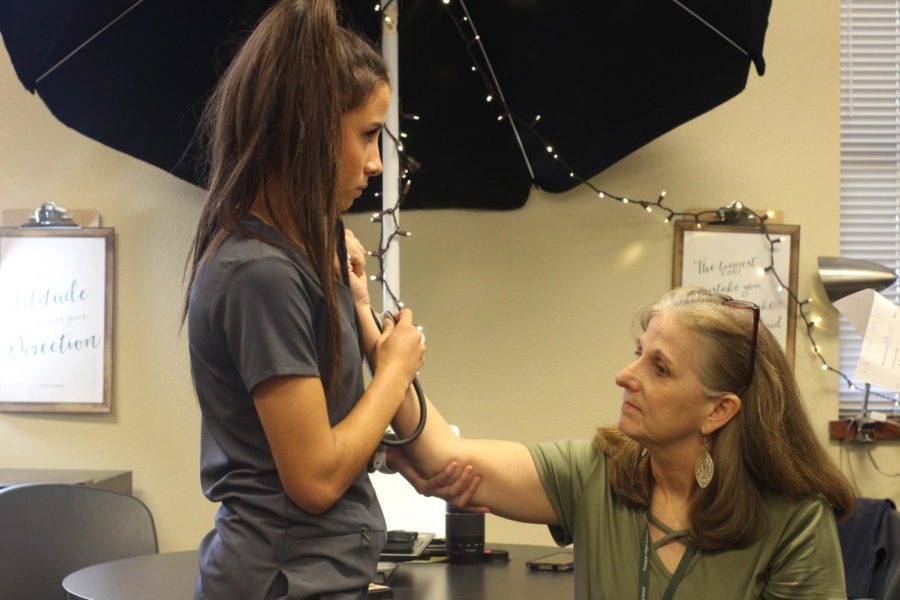
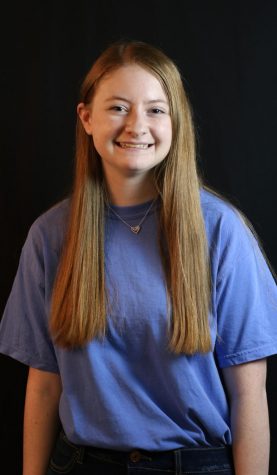
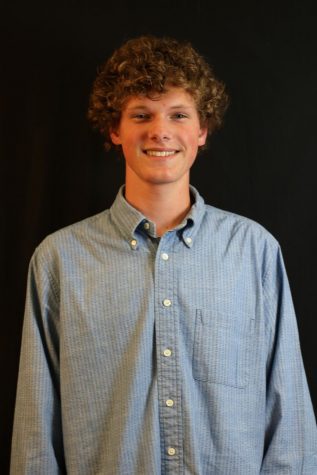
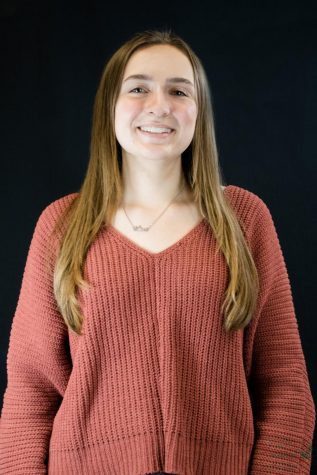







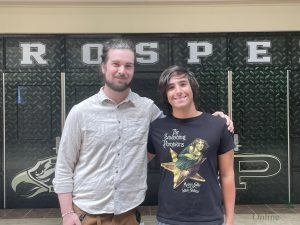
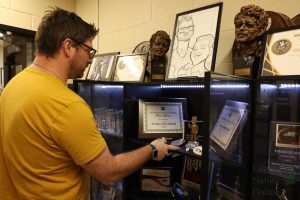


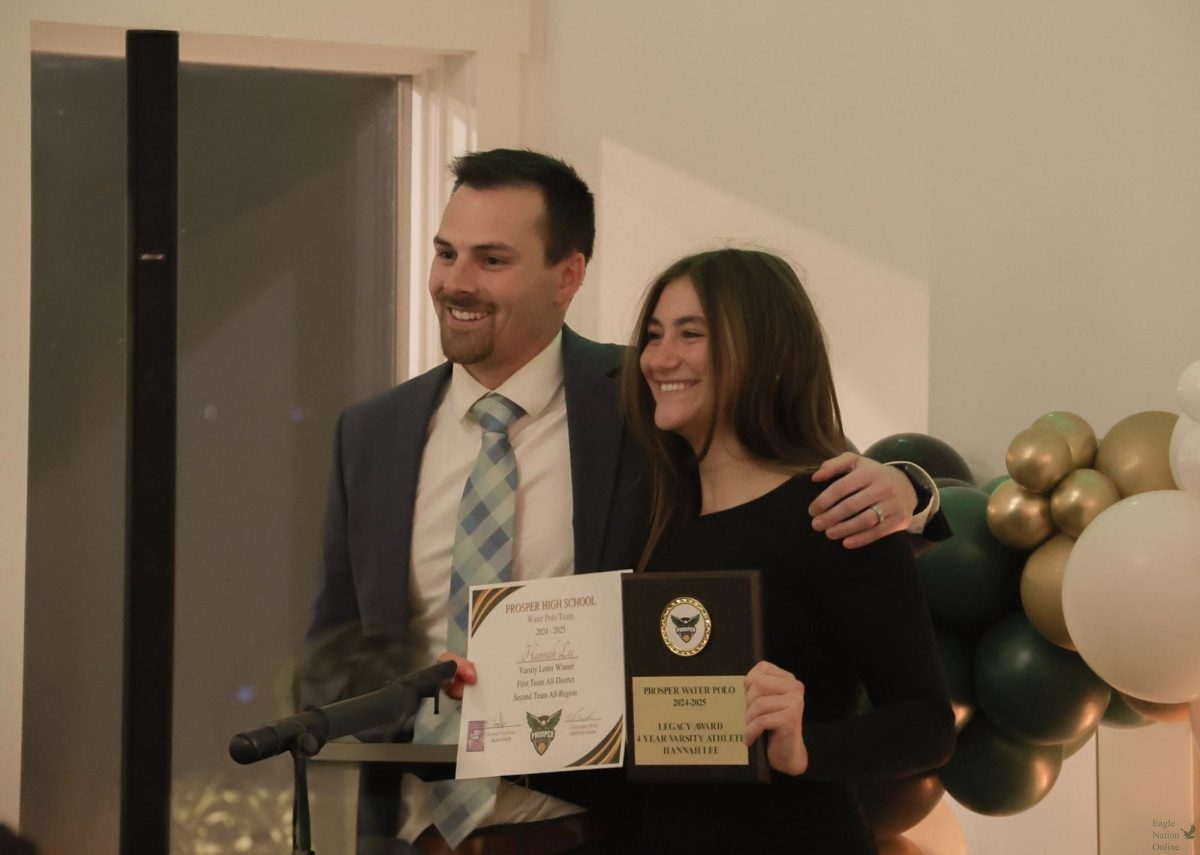
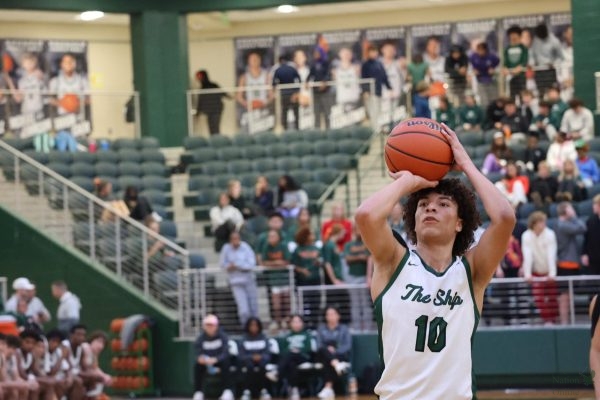
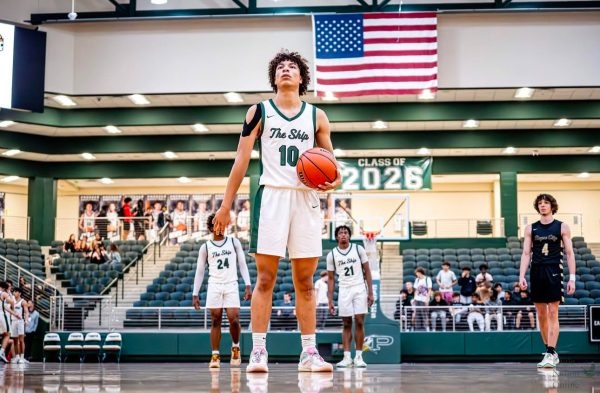


McKenzie Queen • Dec 2, 2019 at 7:51 am
I love how you guys wrote a passage all on informational topics and not on fully opinionated topics. It helps to understand your writing more, so I can hopefully use it for my classes in the future. Thank you for writing about this topic. 🙂